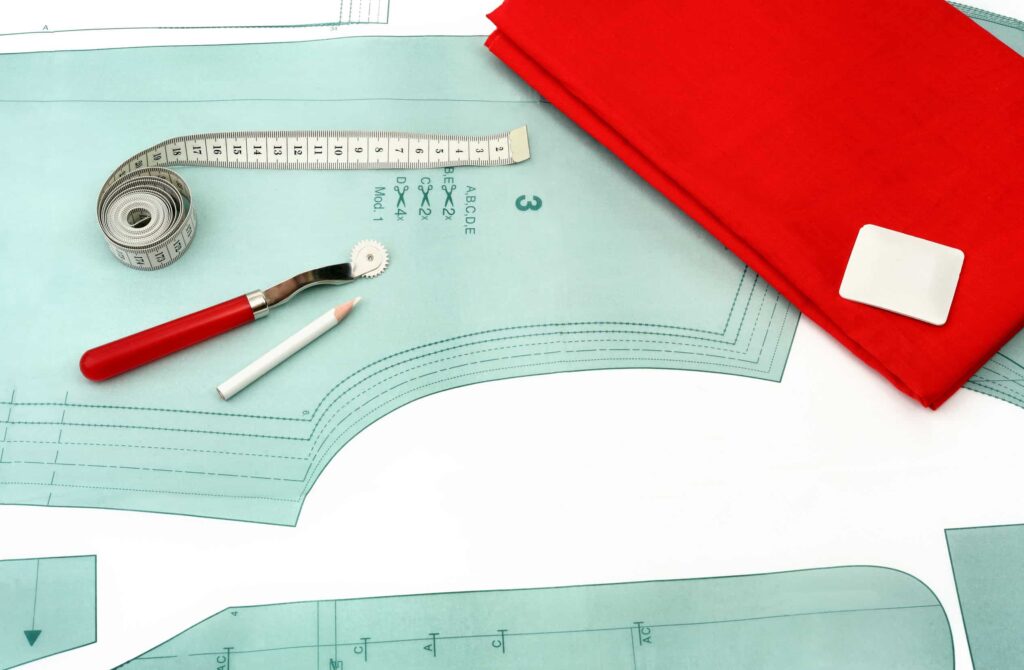
PATTERN GRADING
Once you finish fitting and adjusting your sample and perfecting your base (sampe) size pattern you would need to do the pattern grading to create other sizes. If you have created the pattern on the paper then before it can be graded you would need to create a digital version of your base size pattern. This process is called digitizing and as soon as it is done you could grade the pattern. But if you have originally created your pattern digitally by using a pattern design software like Gerber, Lectra, Optitex etc then all you would need to do is to grade it now to as many sizes as you would require. You can also grade any pattern manually, drawing it size by size by hand. Slash and spread method is one of the most popular ways of grading the pattern. You would need to draw the lines approximately at those positions the body tends to either grow or shrink. Then you would need to either spread or overlap the pattern pieces depending on whether you are grading it size up or down. To know how much to spread or overlap these pieces by you would need to know what grading rule you would be using. Another way of manual grading is the shift method which is made through increasing or decreasing the size of a pattern but first tracing the base (sample) pattern size and then moving it up, down, left or right by a certain measurement and consequently retracing the pattern in a new size. With the development of mass manufacturing and fast fashion, manual pattern grading is not the most cost effective way of grading as it becomes very labour intensive especially with more and more complicated designs. Also the chances of human errors which may lead to inconsistent measurements between sizes would be higher if you do it manually. The other benefit of the digital pattern grading is that you can create a “marker” automatically by entering the required parameters into the system. Keeping the pattern in the file rather than on paper saves you a lot of space and gives you an opportunity of reprinting or replotting the missing pattern pieces if this would ever be required. There are various options of how you can grade your patterns, but the end result is that you will have consistent measurements for each size in your range.
